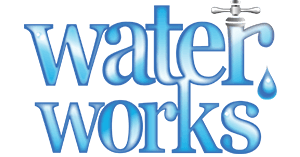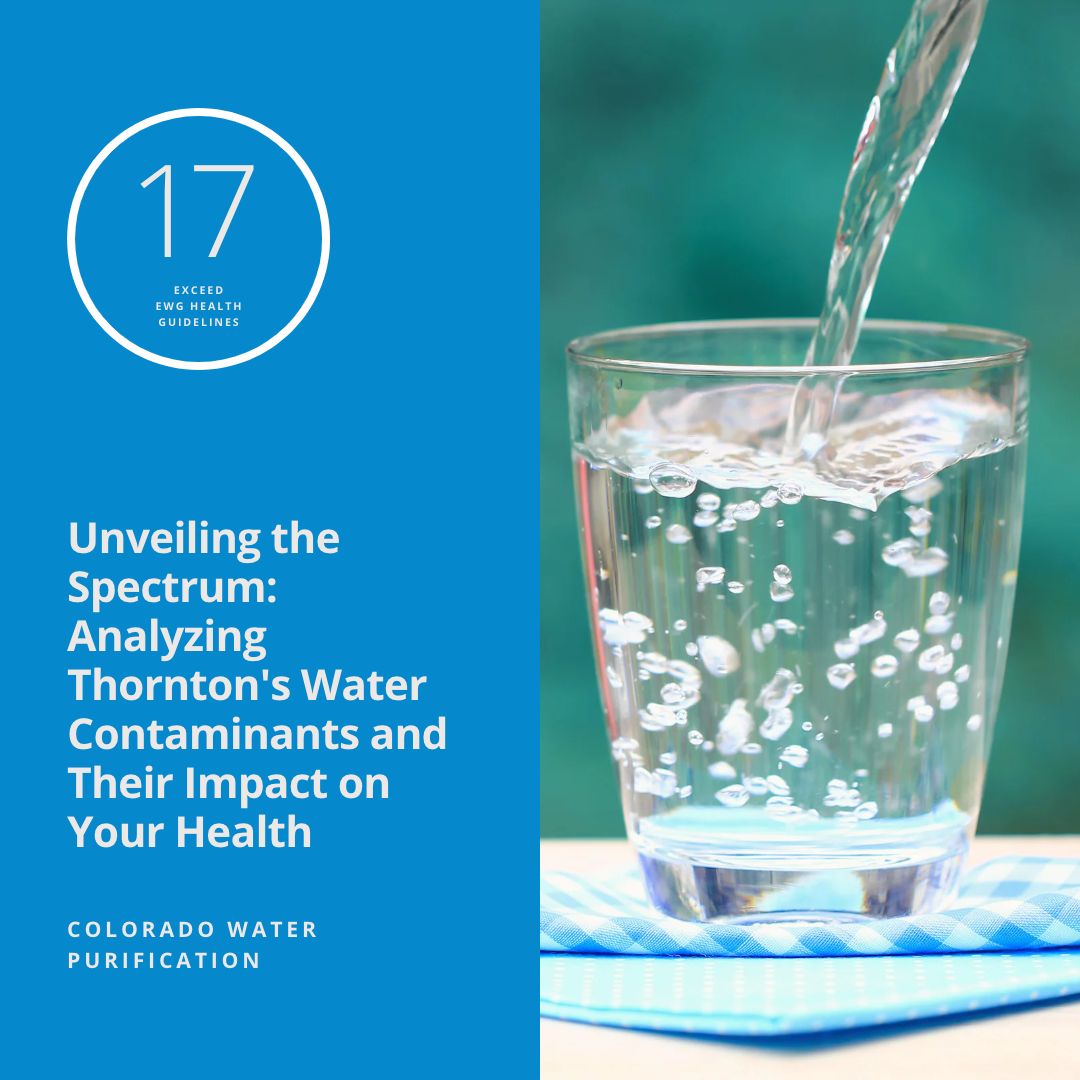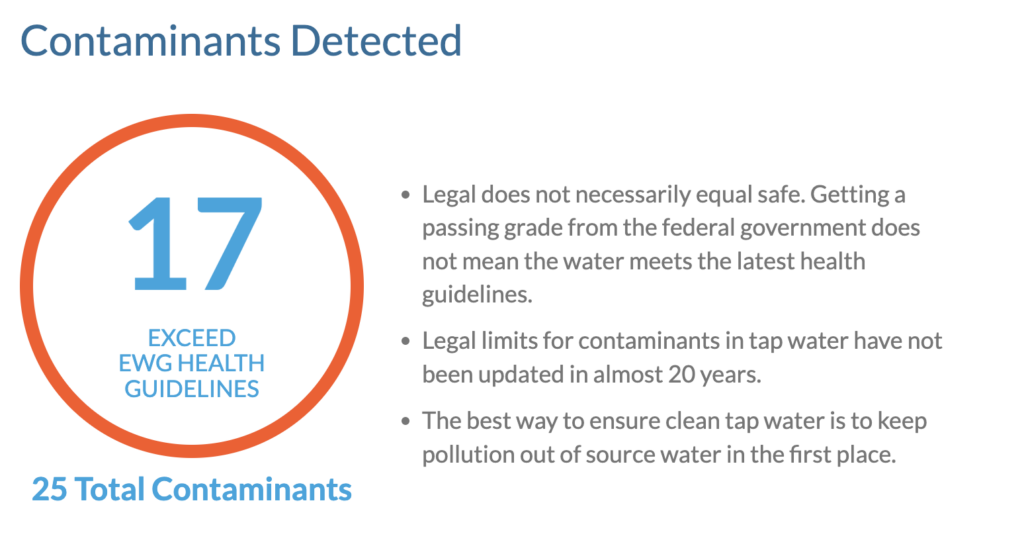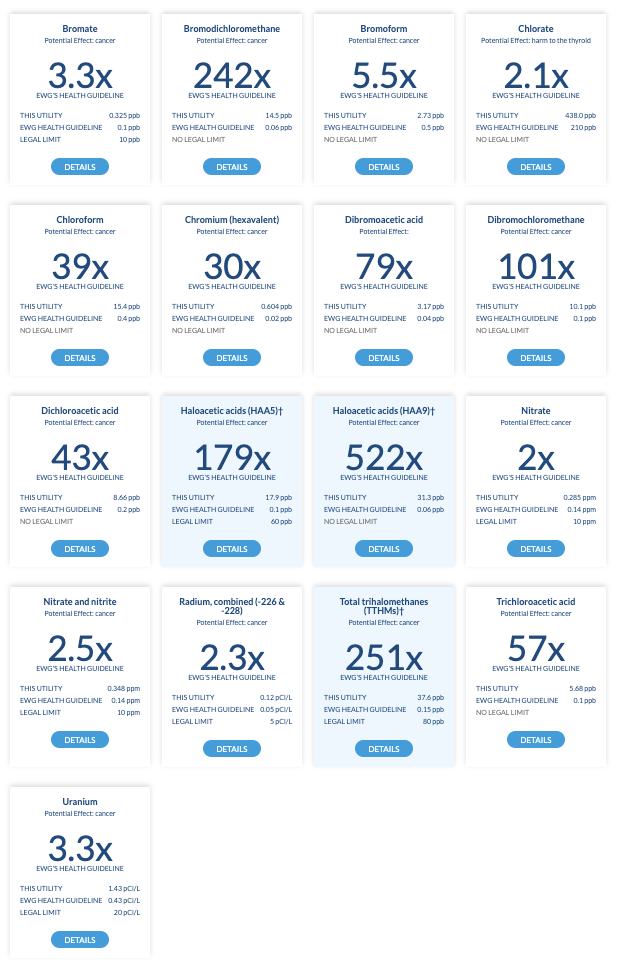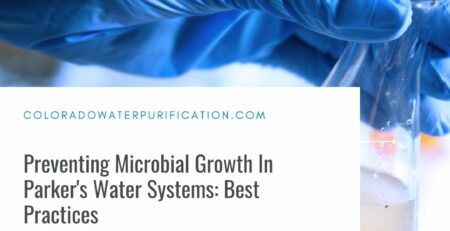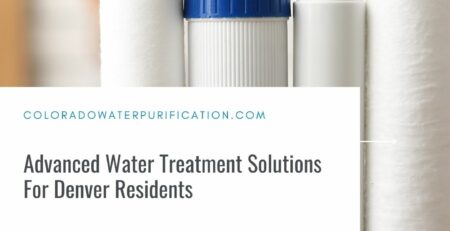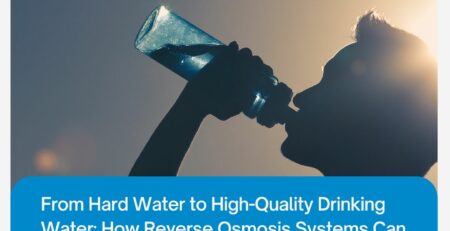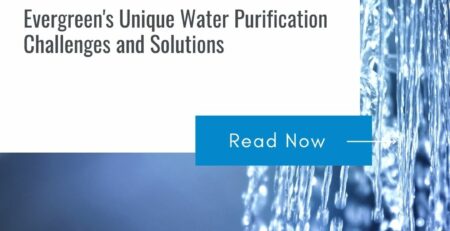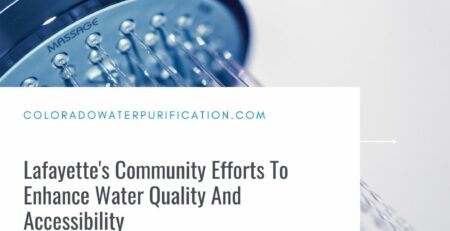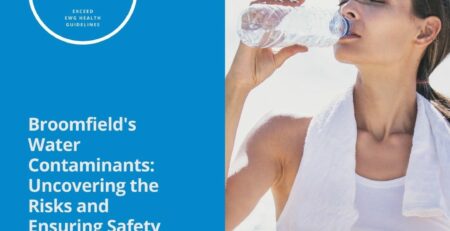Water is a vital resource that sustains life, but lurking within
Thornton, Colorado’s water supply lies a spectrum of contaminants that demand our attention. Join us on a journey as we shed light on the presence of seventeen noteworthy substances, revealing their potential effects on your well-being based on the EWG health guidelines. Armed with knowledge, we can make informed decisions to safeguard our health and that of our loved ones.
Arsenic: The Hidden Peril to Kidneys, Liver, and Lungs
Uncover the dangers of arsenic, a naturally occurring metal and known carcinogen that can harm vital organs. Discover its implications for kidney, liver, and lung health, empowering you to take proactive steps for protection.
Barium: Nervous System Troubles and Kidney Concerns
Explore the impacts of barium, a naturally occurring metal that poses risks to the nervous system and can cause kidney damage. Gain insights into its presence in Thornton’s water and strategies to mitigate potential harm.
Bromodichloromethane: Unveiling the Carcinogenic Consequence
Peek into the world of bromodichloromethane, a chemical formed during water disinfection. Unearth its classification as a known carcinogen and its potential to cause cancer. Equip yourself with measures to minimize exposure.
Chromium (Hexavalent): Toxic Metal’s Triad of Hazards
Delve into the toxicity of hexavalent chromium, a hazardous metal linked to cancer, liver damage, and kidney damage. Gain insights into its presence in Thornton’s water and discover strategies to limit its impact.
Dibromoacetic Acid: The Carcinogenic Culprit
Navigate the realm of dibromoacetic acid, a byproduct of water disinfection. Explore its classification as a known carcinogen and its potential to cause cancer. Empower yourself with strategies to safeguard your well-being.
Dibromochloromethane: Peering into the Carcinogenic Abyss
Unmask the potential dangers of dibromochloromethane, a chemical formed during water disinfection. Learn about its classification as a known carcinogen and its potential to cause cancer. Discover ways to minimize your exposure.
Dichloroacetic Acid: Decoding the Carcinogenic Enigma
Unravel the mysteries of dichloroacetic acid, a byproduct of water disinfection. Explore its classification as a known carcinogen and its potential to cause cancer. Equip yourself with knowledge to minimize its impact.
Ethylbenzene: The VOC Challenge
Delve into the realm of ethylbenzene, a volatile organic compound (VOC) known to be a carcinogen and skin irritant. Explore its potential respiratory effects and gain insights into minimizing exposure.
Haloacetic Acids (HAA5): The Cancerous Confluence
Examine the presence of haloacetic acids, a group of chemicals formed during water disinfection. Unmask their classification as known carcinogens and their potential to cause cancer. Implement effective measures to reduce their impact.
Haloacetic Acids (HAA9): Illuminating the Carcinogenic Intruders
Peek into the presence of nine haloacetic acids, chemicals formed during water disinfection. Understand their classification as known carcinogens and their potential to cause cancer. Implement effective measures to reduce their impact.
Lead: The Heavy Metal Menace
Uncover the hazards of lead, a heavy metal that poses risks to the brain, nervous system, and kidneys. Explore its classification as a known carcinogen and gain insights into strategies forreducing exposure and protecting your health.
Nitrate: Safeguarding Infants from Blue Baby Syndrome
Delve into the potential dangers of nitrate, a naturally occurring chemical that can harm infants, particularly those under 6 months old. Explore the risks of methemoglobinemia and gain knowledge on preventing blue baby syndrome.
Nitrite: Unveiling the Hidden Threat to Infant Health
Unmask the hidden threat of nitrite, a naturally occurring chemical that can harm infants, especially those under 6 months old. Understand its role in methemoglobinemia and gain insights into safeguarding infant health.
Perfluorooctane Sulfonate (PFOS): The Carcinogenic Challenge
Navigate the landscape of perfluorooctane sulfonate (PFOS), a perfluorinated compound (PFC) known to be a carcinogen and skin irritant. Discover its potential reproductive effects and strategies for reducing exposure.
Perfluorooctanoic Acid (PFOA): Unveiling the Reproductive Risks
Peek into the world of perfluorooctanoic acid (PFOA), a perfluorinated compound (PFC) known to be a carcinogen and skin irritant. Explore its potential reproductive effects and empower yourself with protective measures.
Selenium: Balancing Health Benefits and Risks
Uncover the complexities of selenium, a naturally occurring mineral essential for human health. Examine its potential gastrointestinal effects, fatigue, and hair loss at high levels. Navigate the fine line between its benefits and risks.
Uranium: Radioactive Menace to Kidneys and Beyond
Explore the presence of uranium, a naturally occurring radioactive element that can harm the kidneys and increase the risk of cancer. Shed light on its potential health effects and strategies for minimizing exposure.
While the levels of these contaminants in Thornton’s water supply generally fall below the EPA’s health advisory levels, understanding their presence and potential risks is crucial. Consult your local water utility for comprehensive information or consider private lab water testing for added peace of mind.
Remember, the EWG health guidelines provide a more stringent approach, prioritizing the latest scientific research to safeguard your well-being.
To minimize exposure, take proactive steps:
Filter Your Water: Discover effective water filters designed to remove contaminants, ensuring cleaner drinking water for you and your family.
Boil Your Water: Boiling water for at least one minute kills bacteria and viruses, providing an additional layer of protection.
Consider Bottled Water: If concerns persist about tap water quality, switching to bottled water can offer peace of mind.
Consult your doctor if you have specific concerns about your drinking water quality. Together, we can navigate the waters of Thornton, safeguarding our health and building a healthier future.
